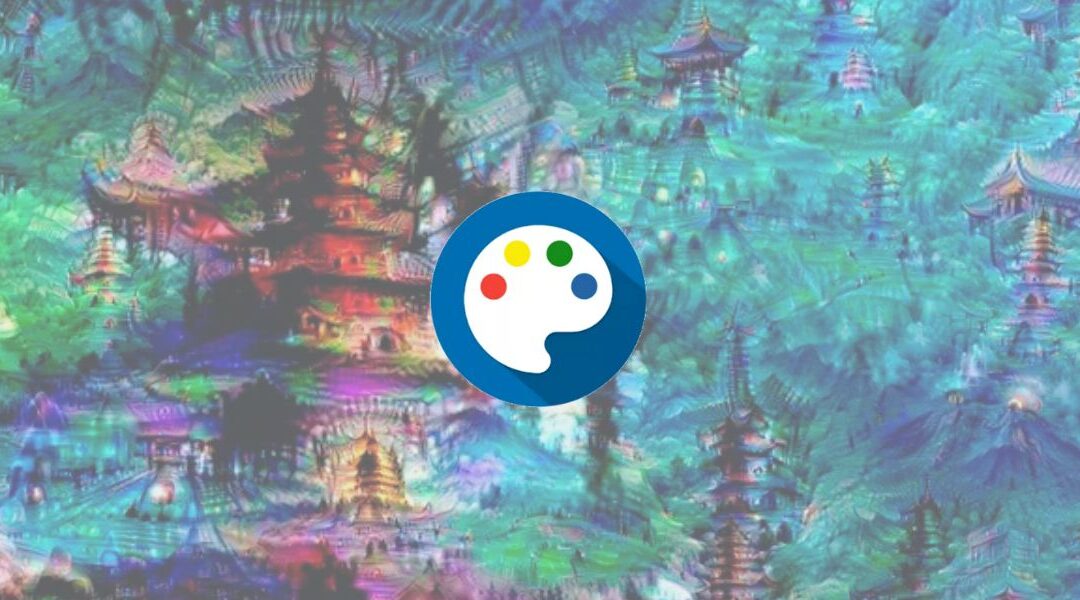One of the most common applications of artificial intelligence is to generate images from text, a feat that once seemed to belong in science fiction. In this context, Stable Diffusion emerges as a beacon of possibilities.
This generative artificial intelligence has captured the attention of the tech and creative community for its ability to create unique photorealistic images from simple text messages and even preview images.
However, does Stable Diffusion meet your imaging requirements? Learn more about Stable Diffusion, how it works, and the various ways this AI revolutionizes the world of imagery.
What is Stable Diffusion?
Stable Diffusion is a generative artificial intelligence (generative AI) model capable of creating photorealistic images from simple text messages and even pre-existing images. Its appearance in 2022 marked a milestone in the field of computer visual creation.
This model is not only limited to the generation of static images, but also has the ability to produce videos and animations, further expanding its scope and usefulness in various creative scenarios.
What sets Stable Diffusion apart from its predecessors and other imaging models is its strong technological foundation and efficient approach to the use of latent space.
How does Stable Diffusion work?
First, Stable Diffusion’s Automatic Variational Encoder (VAE) breaks down the input image into a smaller-dimensional latent space, making it easier to manipulate and subsequently process.
Once the image has been encoded in latent space, the process of Direct and Reverse Diffusion comes into play. Iterating between forward and reverse broadcast is essential to ensure the fidelity and quality of the images generated.
The Noise Predictor, implemented as a U-Net model, plays a critical role in refining the images generated. This component estimates the amount of noise present and removes it from the image, improving its clarity and definition.
In addition, Stable Diffusion uses Text Conditioning to generate images from textual descriptions. By analyzing each word and converting it into feature vectors, AI interprets the user’s instructions and generates images that reflect their specifications.
How to access Stable Diffusion?
Stable Diffusion is available to everyone under a permissive license. There are several ways to access this tool:
- Dream Studio: A free web tool that helps you choose the version of Stable Diffusion you want to use, so you can customize the image generation.
- Google Colab: You can harness the power of Google’s virtual GPU to access Stable Diffusion through Google Colab, a cloud-based notebook platform that allows you to run Python code for free.
- GitHub: There are projects on GitHub that offer a web interface to access Stable Diffusion from your own computer, although a powerful GPU and adequate equipment are required.
- Native Apps: If you’re a Mac user, you can use the DiffusionBee app, which allows you to access Stable Diffusion easily and conveniently, even by importing custom trained models.
What can Stable Diffusion do?
Stable Diffusion offers a wide range of features and capabilities that make it a versatile and powerful tool for visual creation:
Text-to-image generation
The main capability of Stable Diffusion is to create images from textual descriptions. You can specify details of the desired image using simple text, allowing for intuitive and flexible visual creation.
Image-to-image generation
In addition to generating images from text, Stable Diffusion can create images based on previous input images. This allows you to modify and enhance existing images, adding details, changing styles, or transforming the composition as needed.
Graphic design and logos
With a proper selection of messages, Stable Diffusion can be used to create graphic designs, artwork, and logos in a wide variety of styles. You can experiment with different combinations of text and images to produce unique results.
Image editing and retouching
Stable Diffusion can also be used to edit and retouch existing photos. With tools like AI Editor, you can correct blemishes, remove unwanted objects, and apply special effects to improve the quality of images.
Video and animation creation
With features such as reverse diffusion capability, Stable Diffusion can be used to create videos and animations from static images. This allows users to animate photos, add motion effects, and create dynamic visual sequences with ease.
Stable Diffusion Competitors
In addition to Stable Diffusion, there are several competitors in the field of artificial intelligence imaging. Some of these competitors include:
DALL-E
Developed by OpenAI, DALL-E is an artificial intelligence model that generates images from textual descriptions.
Unlike Stable Diffusion, DALL-E focuses on creating specific and detailed images from descriptive texts, using an approach based on the GPT (Generative Pre-trained Transformer) model.
Midjourney
Midjourney is another competitor in the field of AI imaging. This model uses a convolutional neural network (CNN) architecture to generate images from input text.
This AI stands out for its ability to create realistic and detailed images, which has gained popularity among artists and designers, for its versatility and visual quality.
DreamFusion
DreamFusion is an image generation tool that uses advanced deep learning techniques to combine multiple images and visual styles into a single composition, allowing users to create unique and expressive digital art.
Although not as well-known as DALL-E or Midjourney, DreamFusion has gained traction in the creative community for its innovative approach and ability to generate visually stunning images.
Why generate images with AI through Stable Diffusion?
Stable Diffusion represents a significant advance in the field of artificial intelligence imaging.
Its ability to create photorealistic images from text and other types of input has revolutionized the way visual creation is approached in various fields, from graphic design to multimedia content production.
As technology continues to evolve, it’s exciting to imagine the future possibilities that await us with tools like Stable Diffusion at our fingertips, opening up new frontiers of visual expression.
Want to know more about AI? Visit our Artificial Intelligence page and make the most of it.
This post is also available in: Español Français Русский Italiano
